ZAM Badge - Cat with Knife
Überblick
Schumi thought it would be cool to have a badge available for Wintergalaktische Club-Mate Party 2025 (WCPM). The design would be based on a Cat with Knife pin.
[Photo of the original pin]
Projekt-Metadaten
Cat with Knife GitHub Repository
Schumi daniela.novac@betreiberverein.de
Steve Mayze smayze@yahoo.com
Logbuch / Schritte
Tag 1 Friday 07.02.2025
We discussed the design
[PHOTO of the model badge]
Tag 2 Saturday 08.02.2025
A PCB is made up of layers. These layers can be set up to create images by capitalising on the shading effect of each layer. This project was relatively simple in that the bulk of the form was one colour. The only special requirements were with the eyes and the knife blade.
For any board the first thing to define is the edge-cut. This layer of the design defines the outside boundary of the board. Ideally this needs to be 0.5mm bigger than the actual image itself as this will define the path that the cutting tool will make to create the board shape. If the edge cut is too close to the actual outline of the image, then parts of the image could be cut off.
In the sketch below Steve put together some initial ideas on how he believed the layers could stack up.
Tag 3. 11.02.2025
Schumi created the graphic files required - Edge Cut, Front Copper, Solder Mask, Back Solder Mask. There was a bit of going back and forth between Illustrator and KiCad to ensure that we could create the desired effect. Rather than having the eyes as glowing discs, the intention is to have the eyes as glowing circles. To achieve this we needed to ensure that there was neither copper nor solder mask on both the front and back of the board where the eyes are. This then exposes the underlying, translucent substrate layer. This effect could be created by modelling the eyes in the front copper layer as shown in the image below.
| Edge Cut | Front Copper |
The above copper layer is not enough. We need to be sure that the black solder mask would not cover the eyes nor the knife blade. When designing a PCB, the font solder mask (the image below left) defines where the solder mask should not be applied. This ensures that the board substrate layer will be visible around the eyes and that the copper is exposed for the knife blade. During fabrication, the exposed copper will be coated with a solder layer. This will render the knife blade silver in colour.
The back solder mask (the image below right) also defines where there is no solder mask. The PCB design will ensure that there is no copper also at this position, exposing the underlying board substrate. This then will enable light from the LEDs to shine through the translucent substrate.
| Front Solder Mask | Back Solder Mask |
A decision needed to be made as to the size of the board. It is a two way decision - The size of the board can dictate what parts to choose based on their size but also the requirements of the project can be that certain parts are unavoidable so the board must be big enough to accommodate these parts. In our case, it was thought to use reverse mounted LEDs This would not have been a problem but a further requirement was for blinking LEDs. The sourcing self blinking reverse mounted LEDs was problematic. It could have been possible with more electronics but time constraints meant we needed a simpler solution. It was decided to use 3mm self blinking LEDs, that could be bent into position behind the eyes. The next problem was the power source. This would also be the largest part on the board. The smaller holder for the battery series CR 1216, 1220 and 1225 was chosen. Along side the smaller battery holder, a small slide switch was chosen. Using self blinking LEDs with such a small battery cell makes the design relatively simple. i.e. there is no need to provide any current limiting resistors.
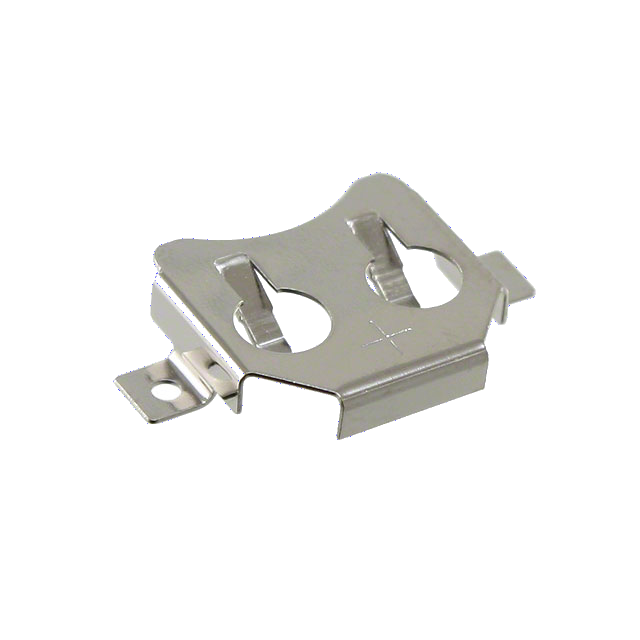 |
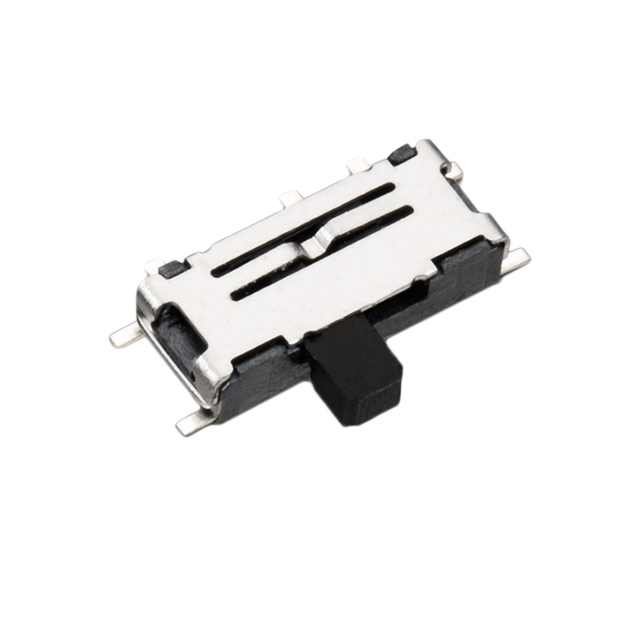 |
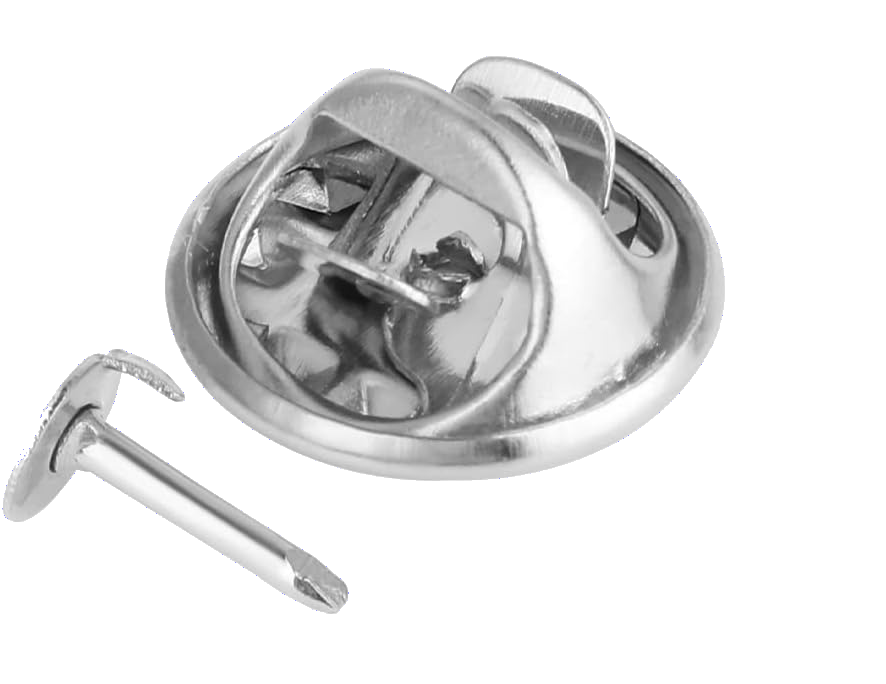 |
An additional place was made on the board to be able solder on a butterfly-pin so that the badge could be easily fixed to clothing.
| PCB design with front copper pour | PCB design without the front copper pour, showing the back copper. |
| 3D view of the final design |
3d view of the back side of the PCB |
The design files were sent off for fabrication, selecting a board thickness of 0.8mm to maximise the amount of light able to shine through and a black solder mask to match the original badge colour.
Tag 4. 28.02.2025
The boards arrived so they were unpacked immediately and one was assembled to see if there were any issues.
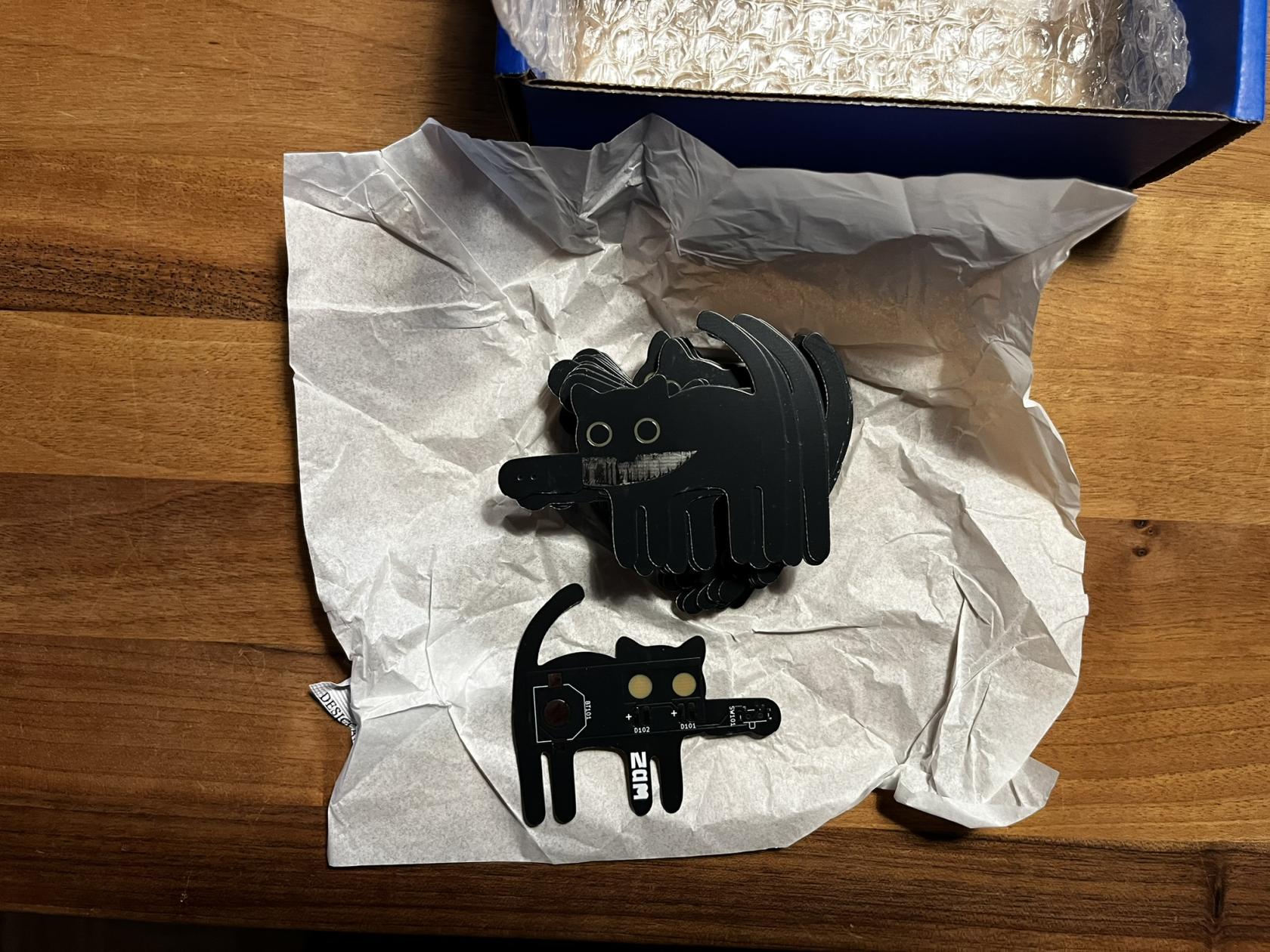 |
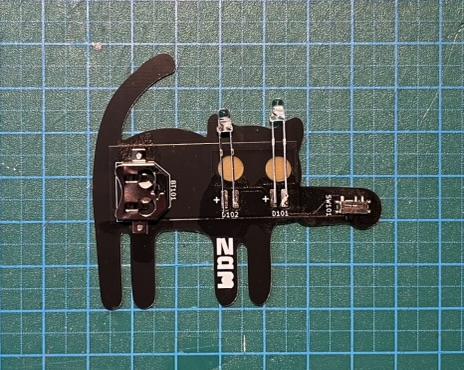 |
| For this build, 3mm slow blinking LEDs were chosen. Equally, any though-hold LED can be used. |
It was noted that the pad intended for the butterfly pin was omitted from the board but it is definitely in the design files. There was not notification that Steve was aware of for the fabrication to omit this. Probably on the grounds that there was no electrical connection and that it was only a place holder and not a real part
It was discovered during assembly that the large round pad for the battery should be tinned with some solder. This will ensure that the contact is raised above the solder mask. Otherwise the battery will not be able to make a good contact.
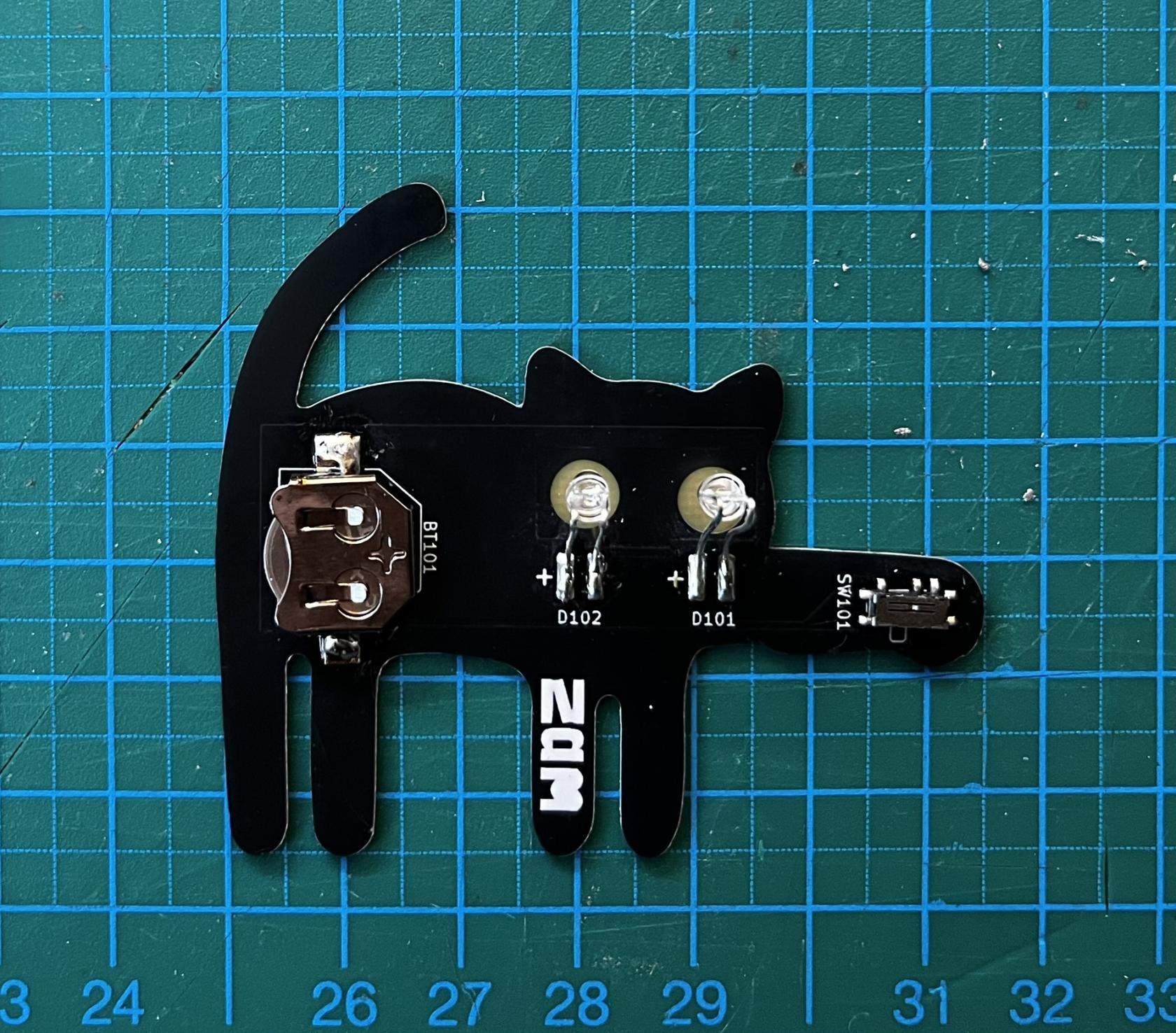 |
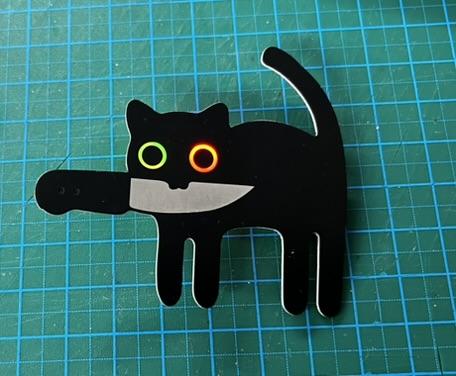 |
| The assembled parts with the LEDs bent into position |

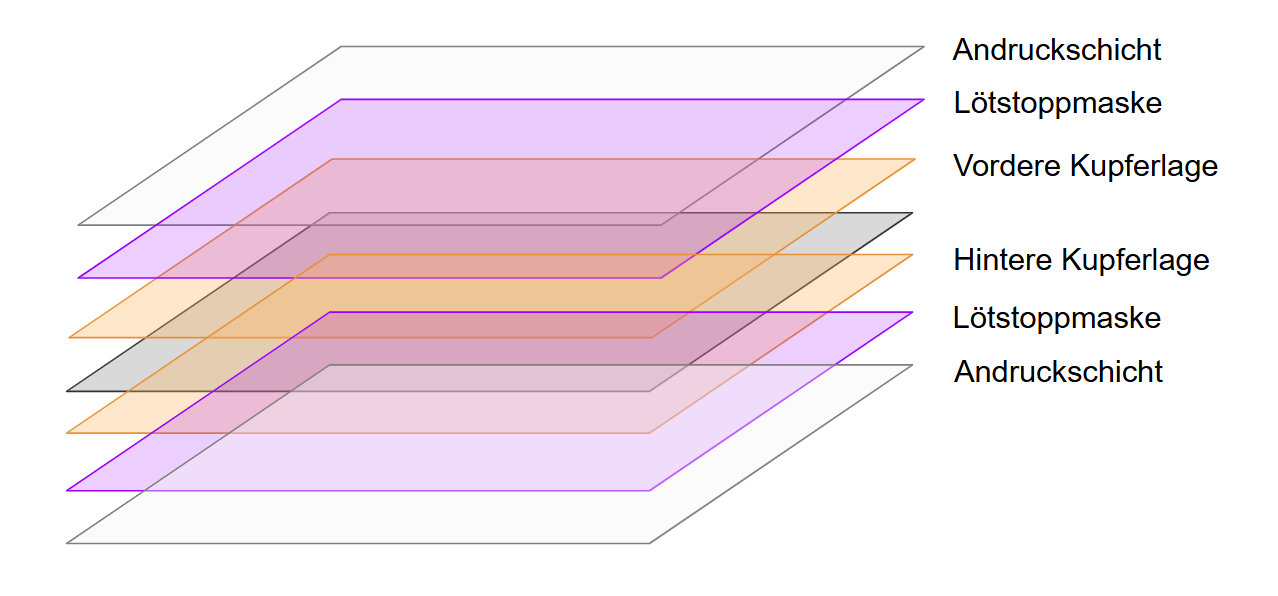
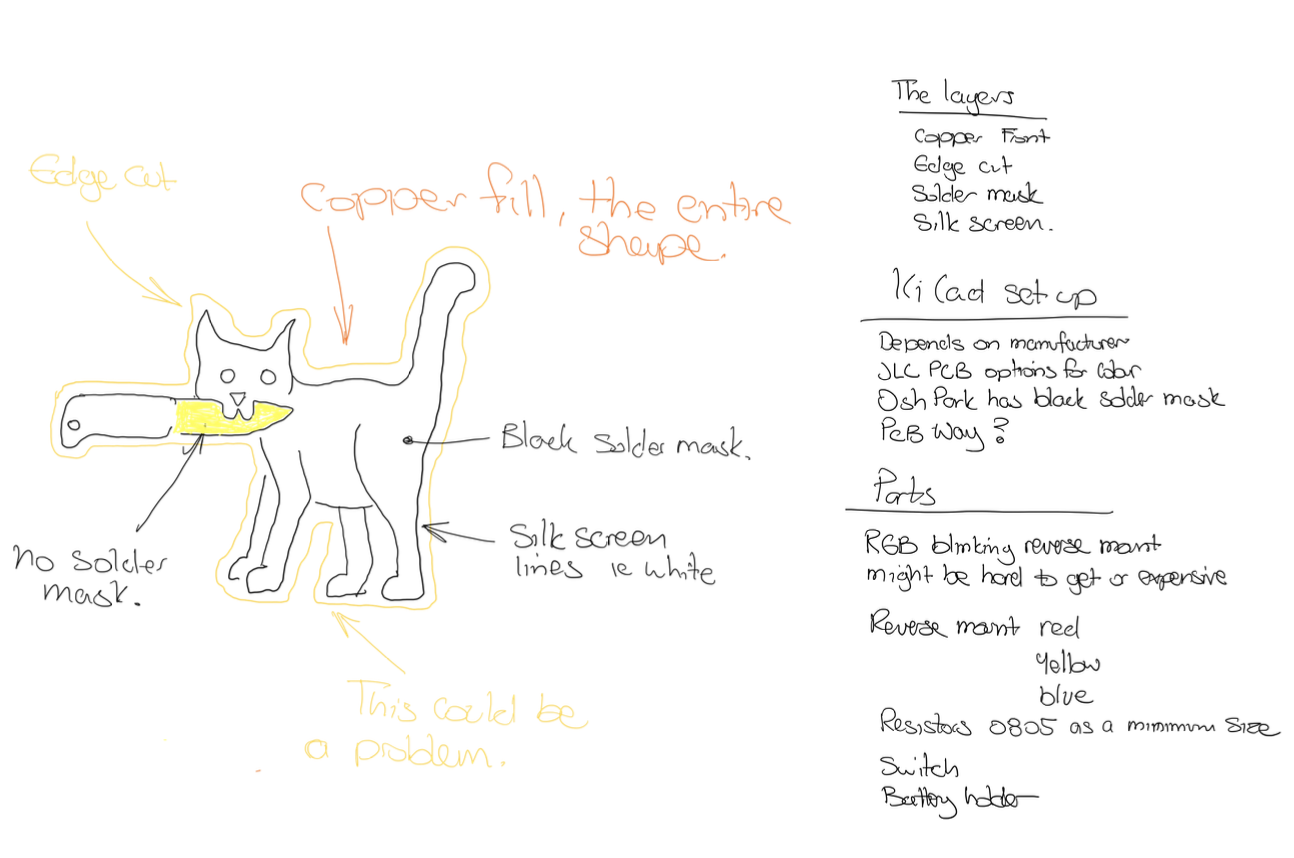
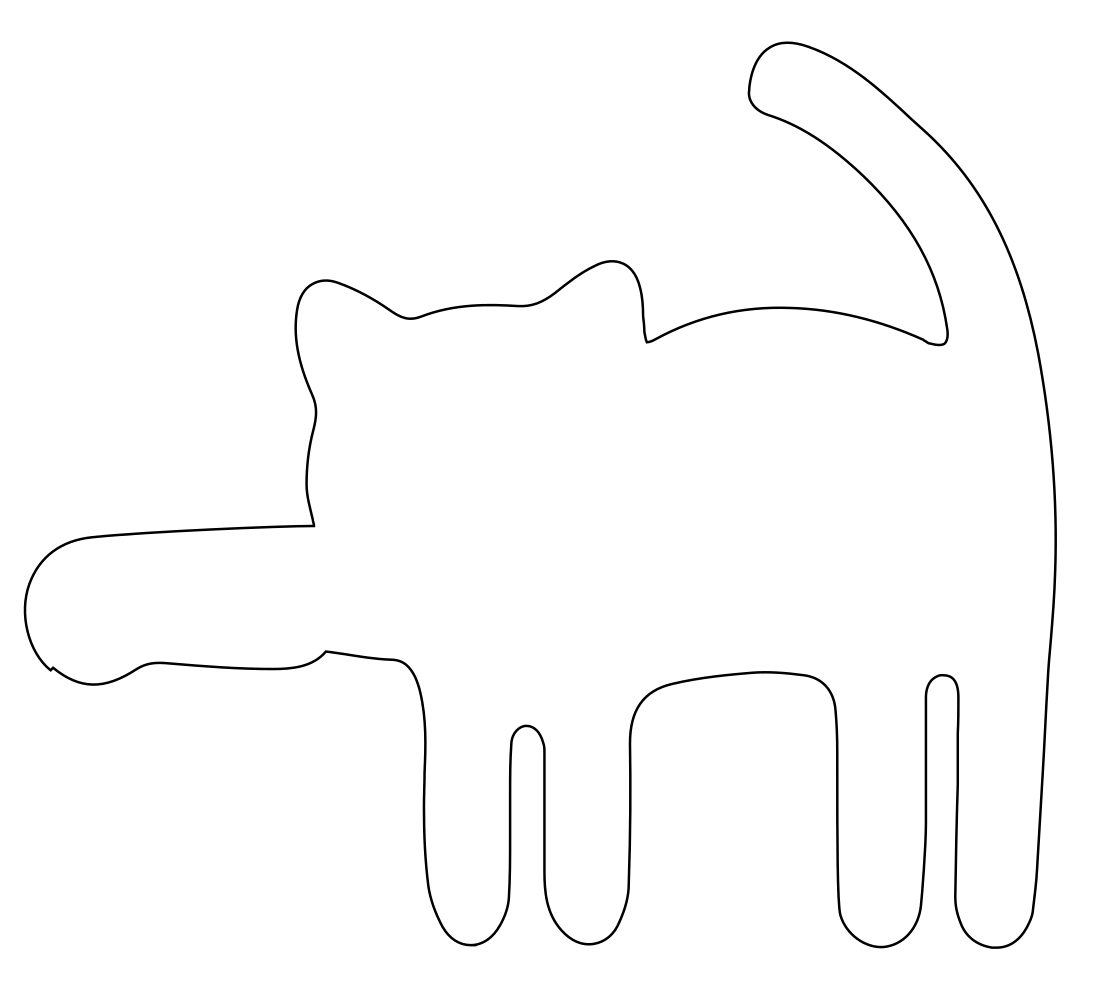
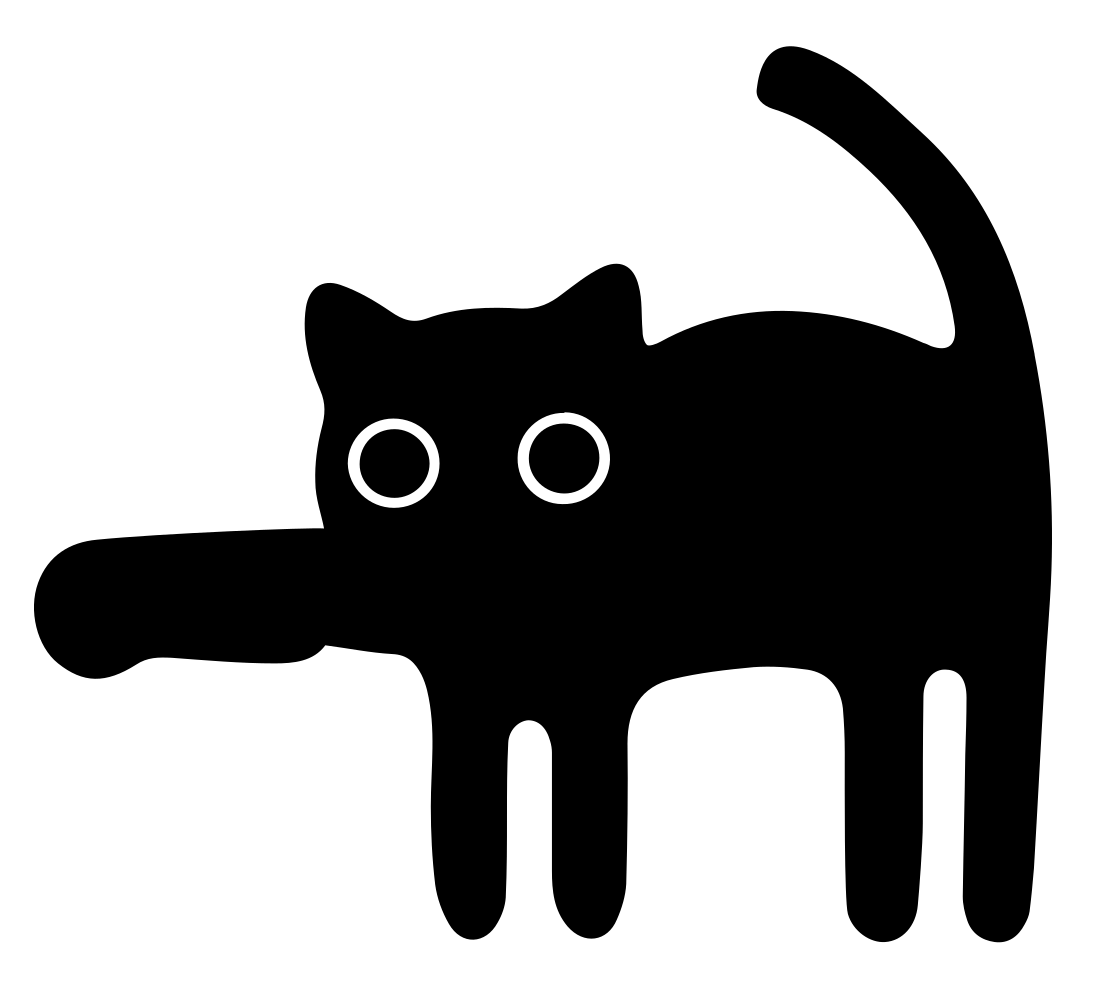
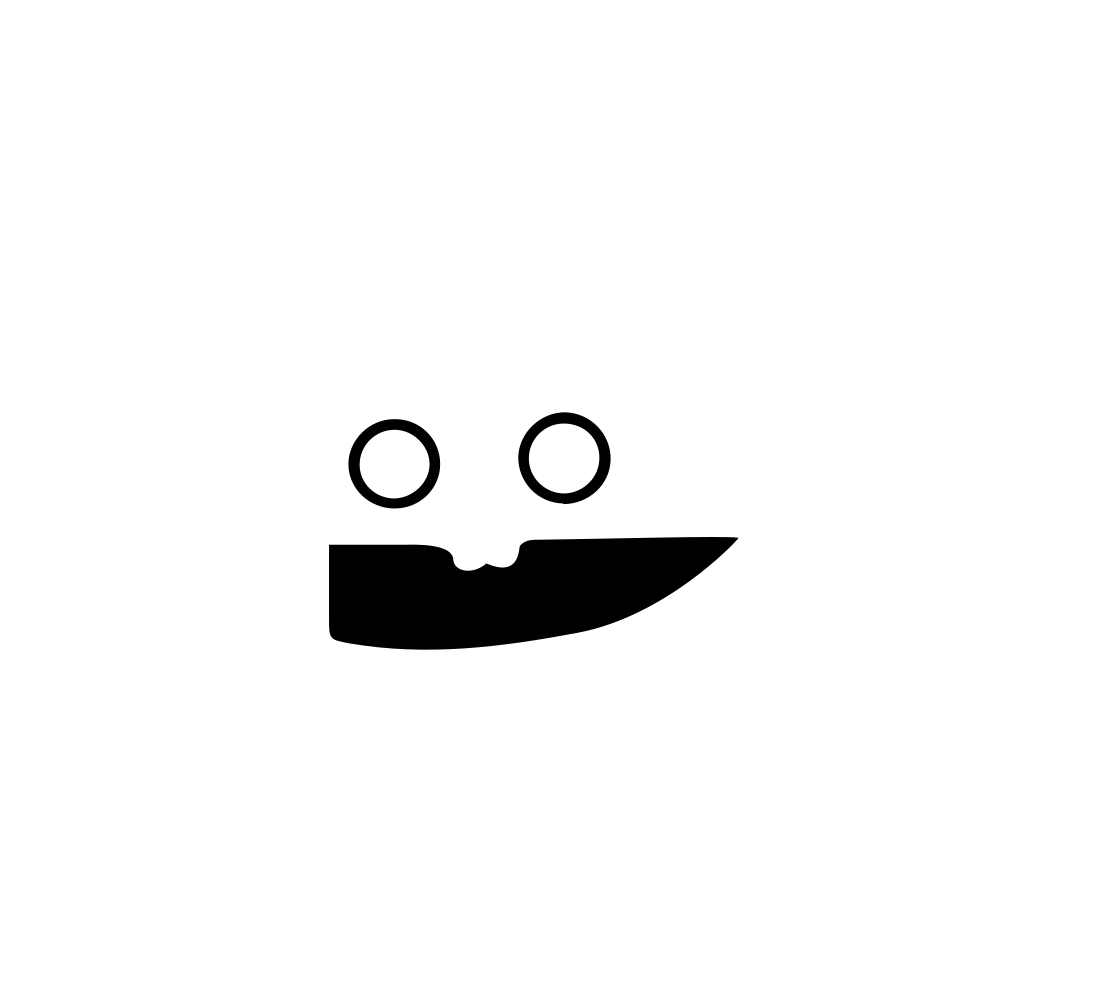
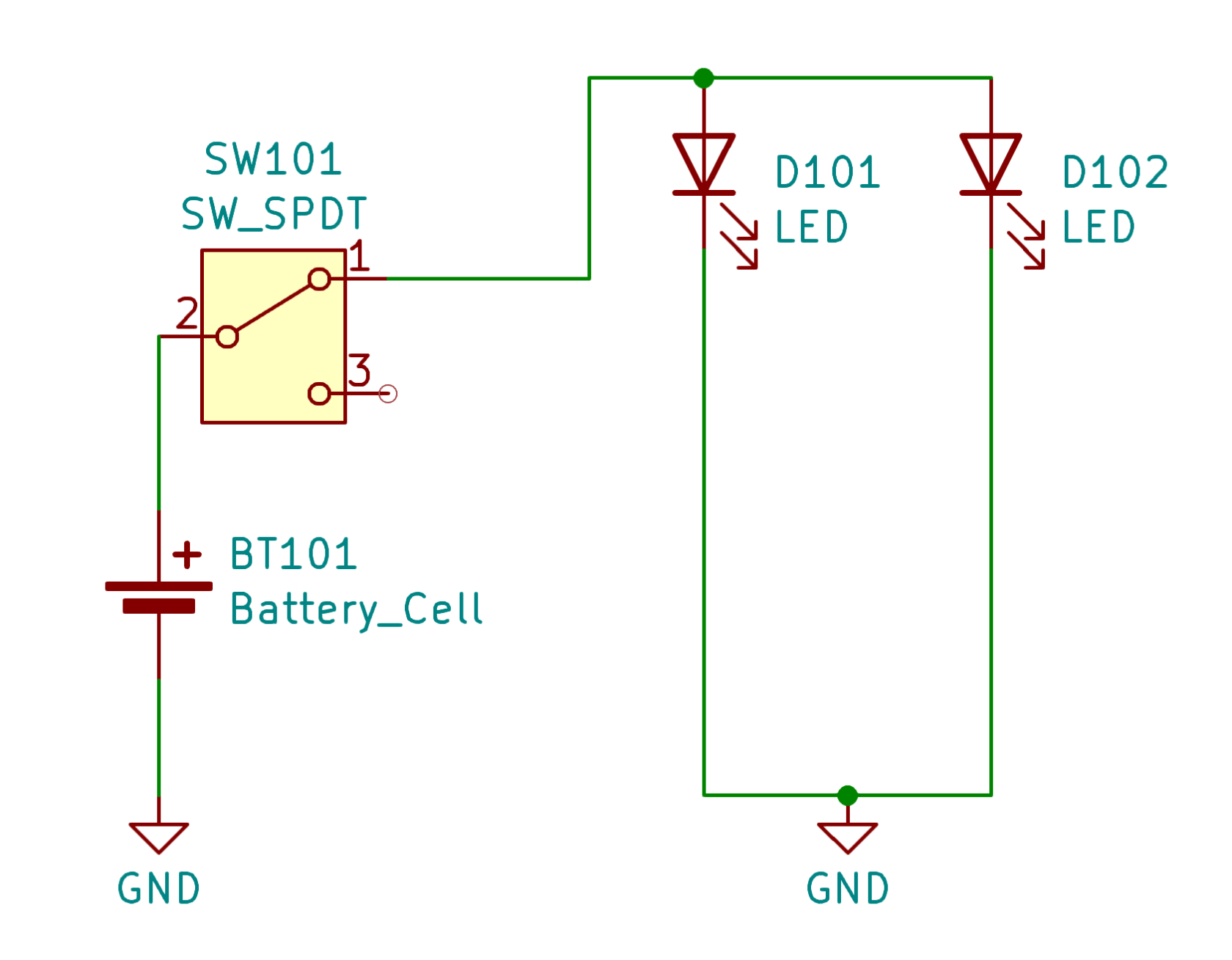
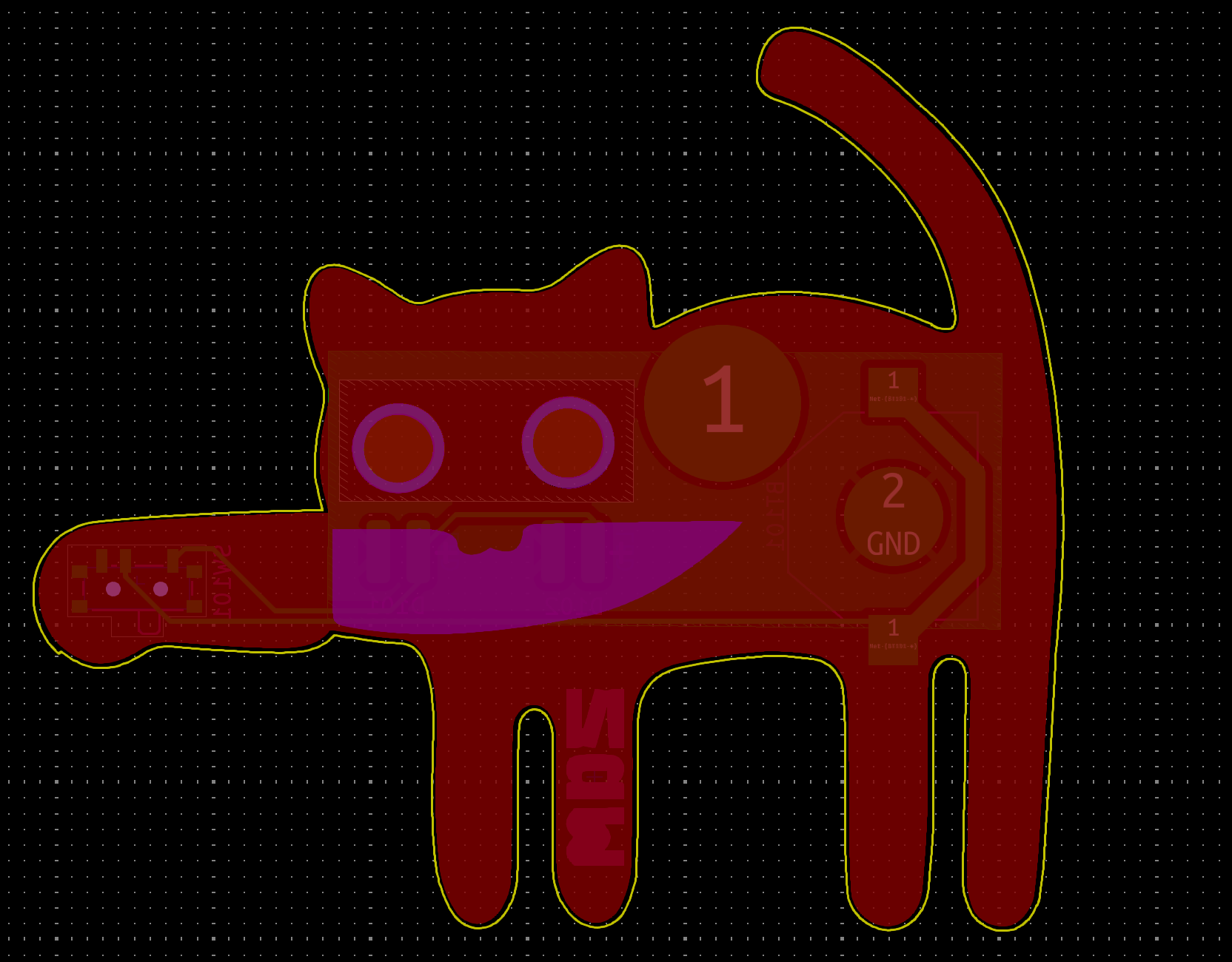
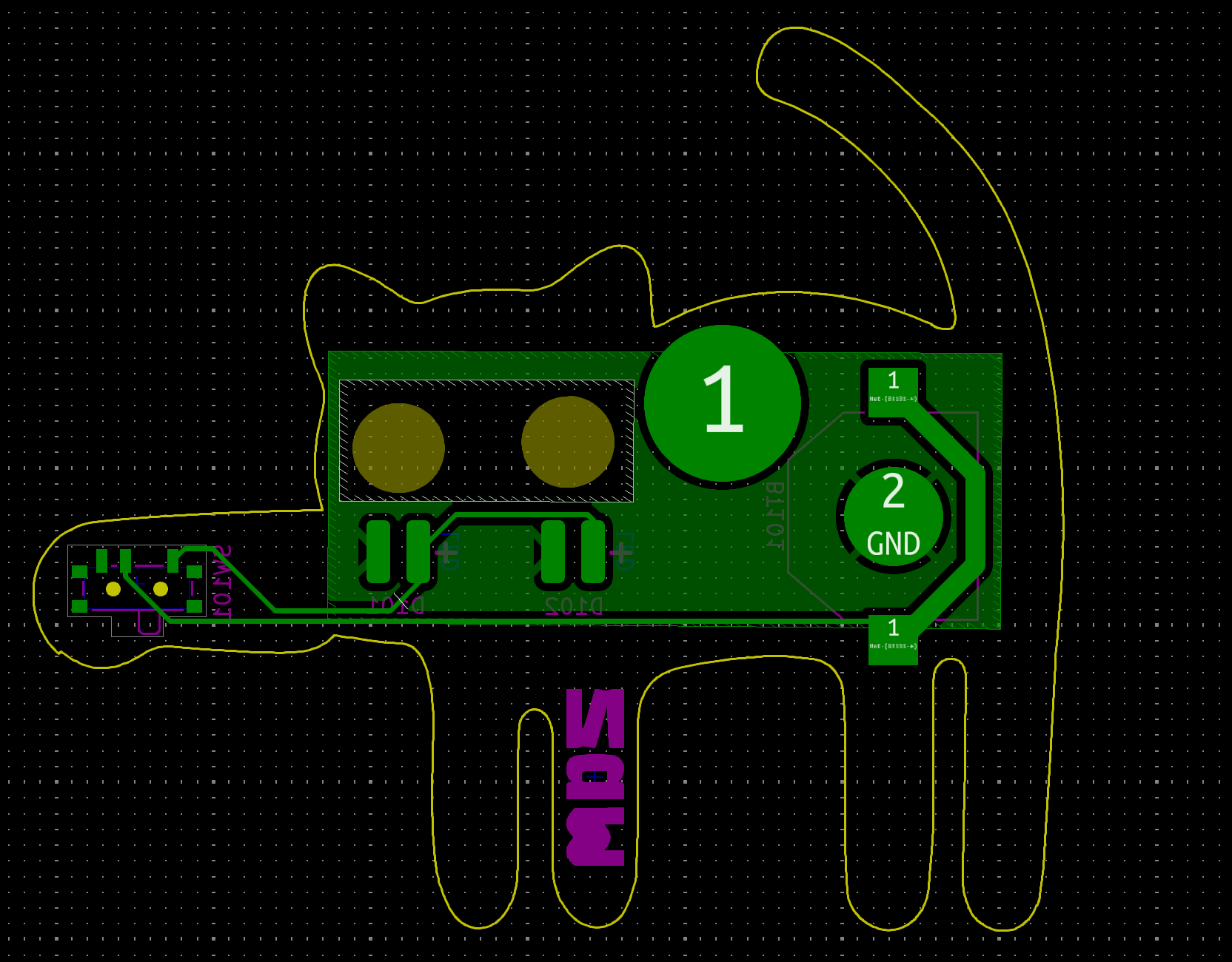
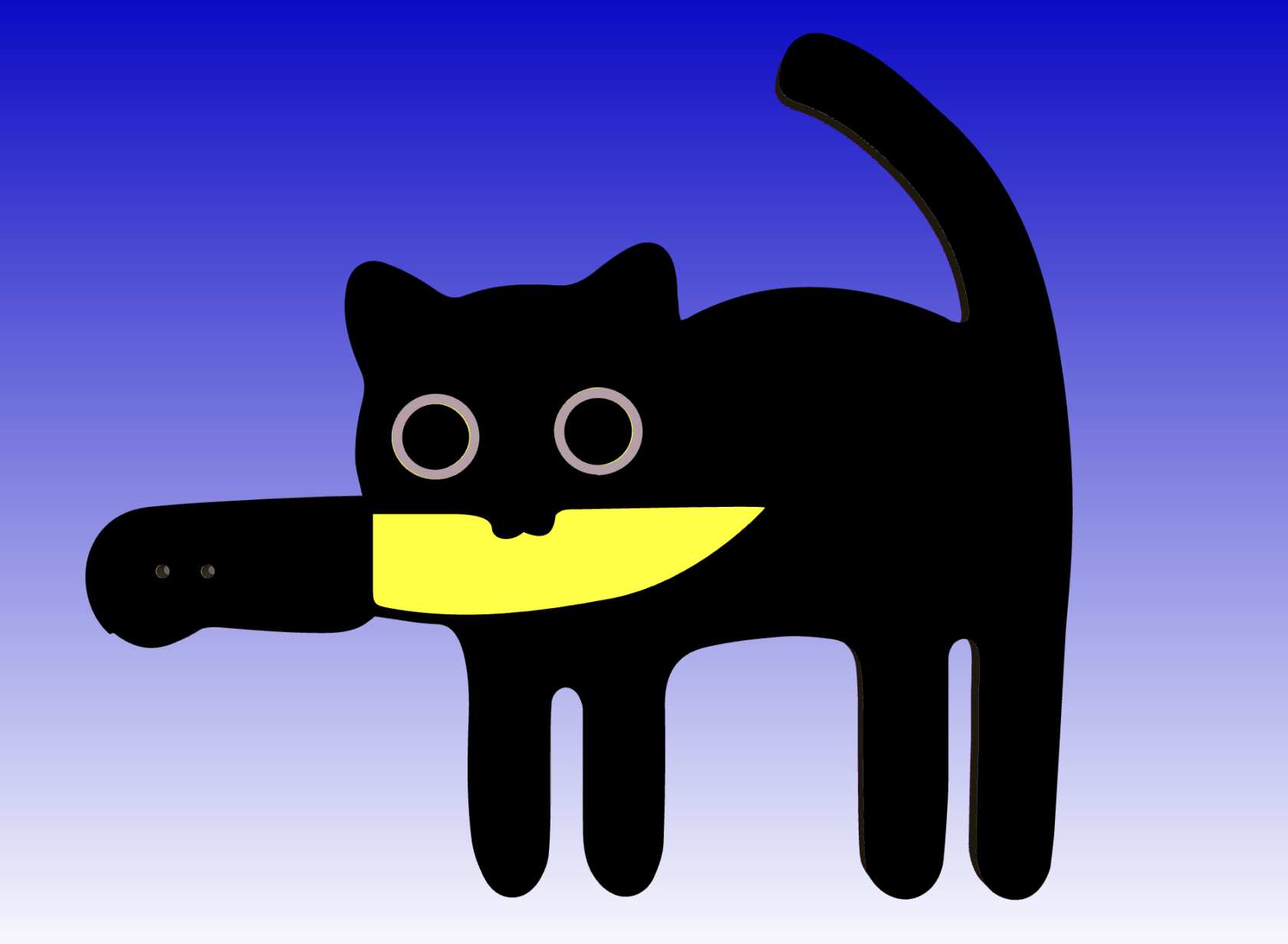
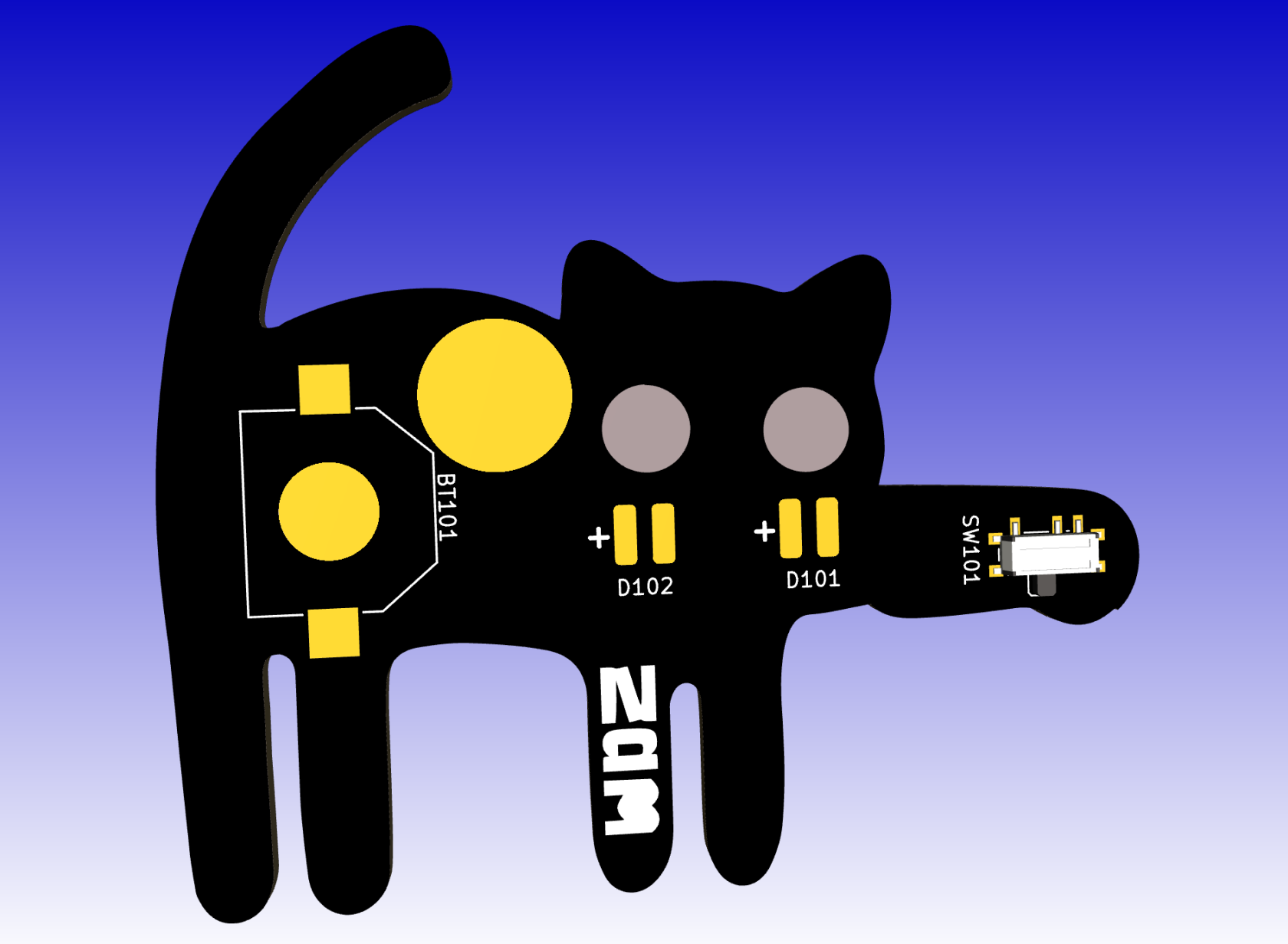
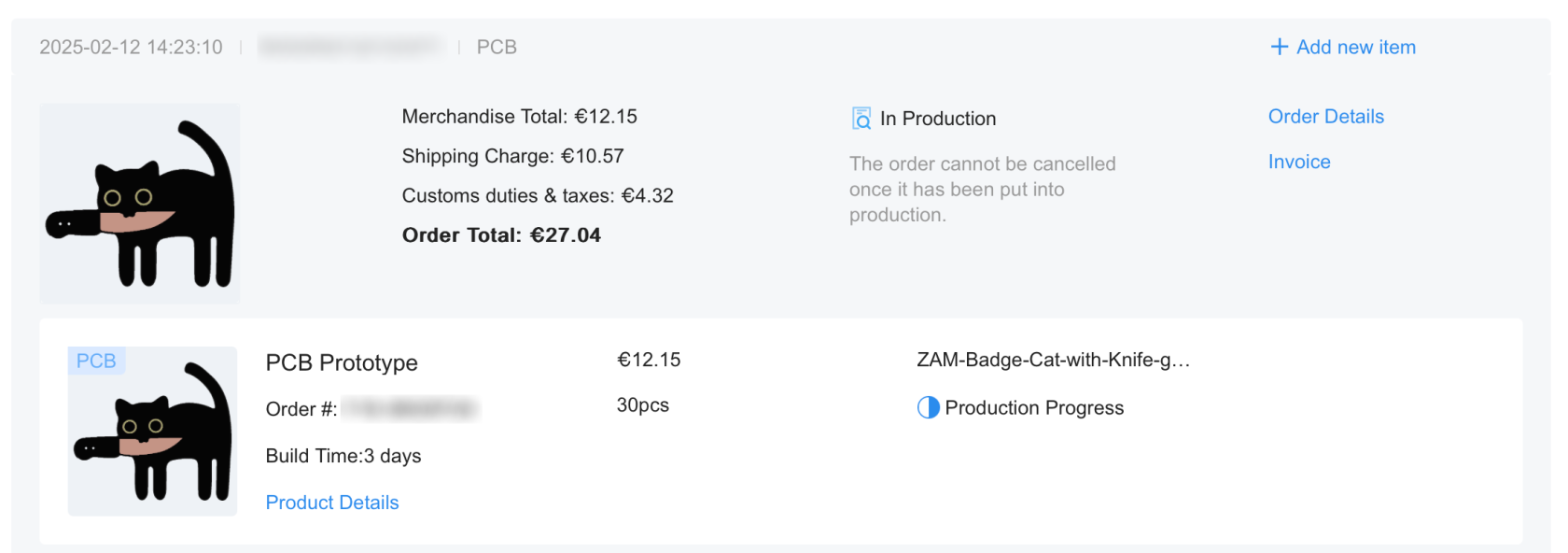
No comments to display
No comments to display